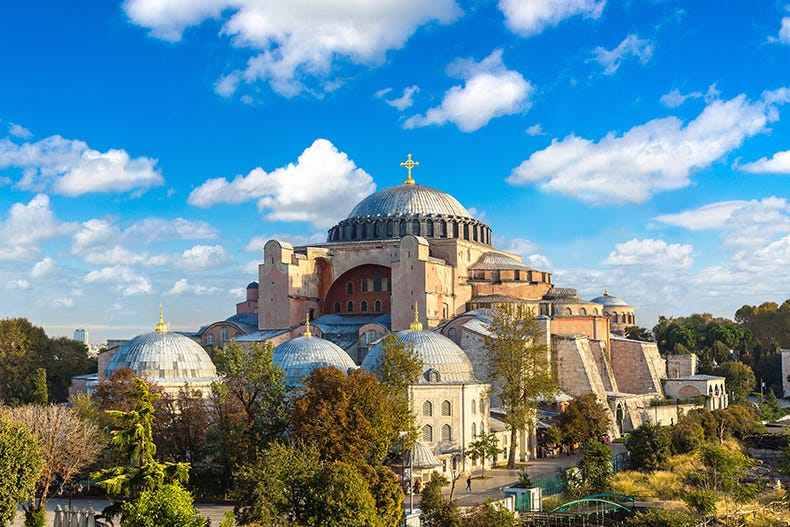Byzantium to Constantinople: the birth of the new imperial art form
A close examination: what is Byzantine art?
It’s the year 324 and we pick up our story after the Edict of Milan has legalised Christianity across the Empire, and the Battle of the Milvian Bridge and defeat of Licinius have given Constantine full control of the Empire. And just about the first thing he did was pull up stakes and leave old Rome.
As Constantine prepared to build his new capital city in Greek-speaking Anatolia, he was laying the foundation for an entirely new kind of Empire, and consequently a new vision of Christian artistic expression. This is the moment “Byzantine” art was born.
In today’s post for paid subscribers, we will explore the origins of Byzantine art that formed the foundation of our entire Christian visual culture and continues to shape our our visual mental framework - our unconscious way of interpreting reality.
We’ll talk about Constantine himself, what he hoped to achieve, how Byzantine art became the synthesis of Christian ideas and Roman/Constantinopolitan imperial ambitions, what iconographic prototypes are and how they have influenced Christian art ever since. When Constantine the Great established his new capital, he was not merely shifting the seat of imperial power; he was inaugurating a new Christian world.
Join us by subscribing.
At the Sacred Images Project we talk about Christian life, thought, history and culture through the lens of the first 1200 years of sacred art. The publication is supported by subscriptions, so apart from plugging my shop, there is no advertising or pop-ups. It’s my full time job, but it’s still not bringing a full time income, so I can’t yet provide all the things I want to and am planning for.
You can subscribe for free to get one and a half posts a week.
For $9/month you also get the second half of the third post, plus a weekly paywalled in-depth article on our great sacred patrimony. There are also occasional extras like downloadable exclusive high resolution printable images, ebooks, mini-courses, videos and eventually podcasts.
From the shop:
Since we’re going to be talking about the opening of the monastic tradition in Egypt in this section of the Big Editorial Plan, this might be a good time for a little print of St. Anthony of the Desert, the father of monks. This is a little egg tempera painting I did based on a 14th century fresco in one of Narni’s medieval churches. The original is sold, but you can have a high quality art print either on a wood panel, or museum quality paper.
I think it would make an elegant addition to a prayer corner or mantel.
You can order one, and lots of other nice things, at the shop, here:
Subscribe to join us below:







